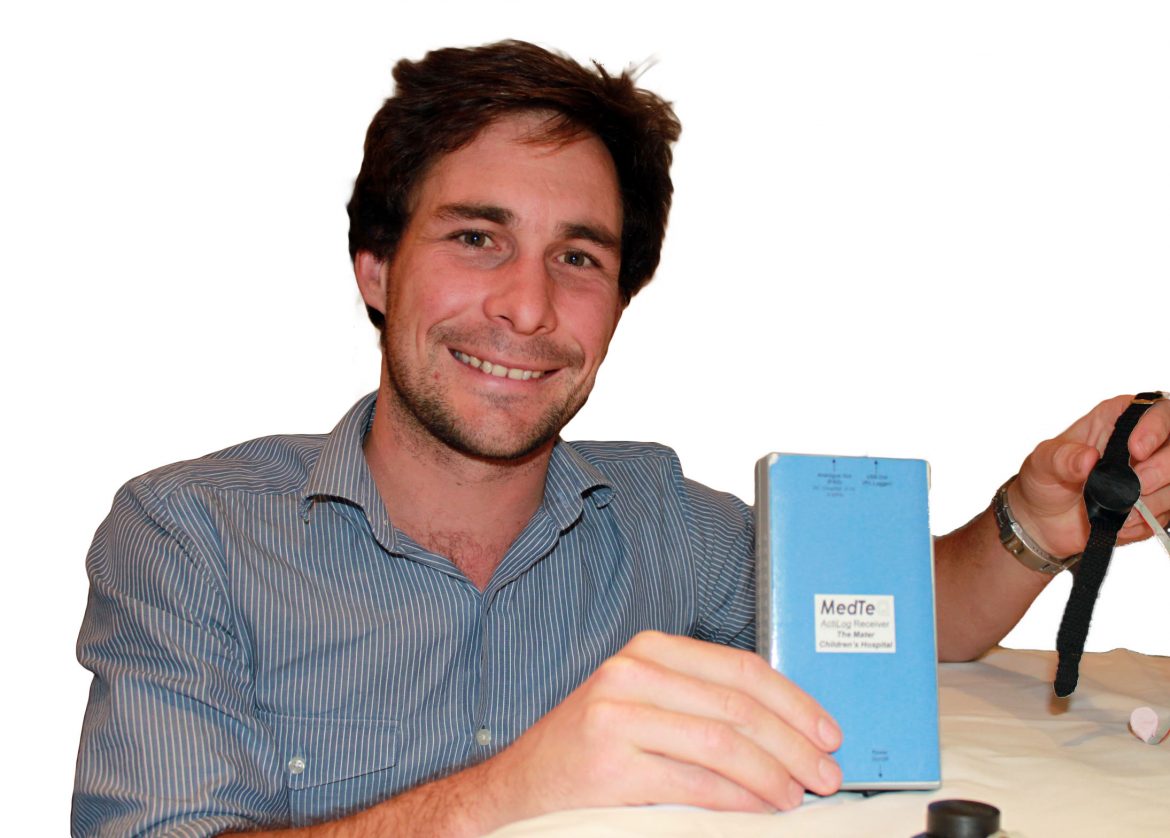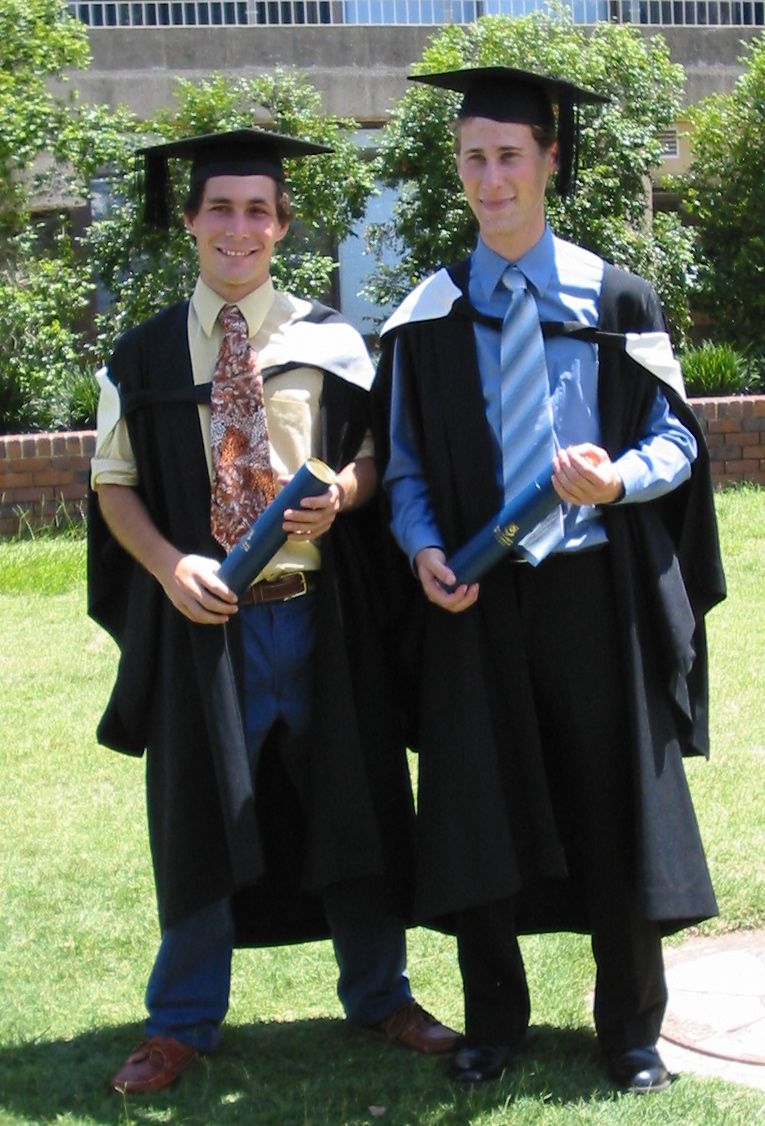The intense social atmosphere that comes from being immersed with hundreds of like-minded people from all over Australia forged lasting friendships and professional relationships
When University of Queensland academic and researcher Philip Terrill attended the NYSF in 2000, it’s likely that sleep (or not enough of it) wasn’t an over-riding concern for him.
These days, however, he is very concerned with it. In fact, he approaches sleep from a scientific perspective. Phil is now a biomedical engineer interested in developing novel medical diagnostic and treatment systems, and his work is currently focusing on sleep disorders, such as sleep apnoea.
A report released in 2012 indicated that sleep disorders cost the Australian economy $5 billion a year. Phil says, “Sleep related conditions have long been unacknowledged in our community. We all recognise a poor night's sleep can leave us cranky and unproductive the next day, but we now know that sleep disorders can have some more insidious consequences. In particular they can increase the risk of traffic and occupational accidents; and while the cause-effect relationship is complicated, they appear to lead to high blood pressure, heart disease and a range of mental health disorders. The main objective of our research is to develop more patient-friendly and cost effective ways of diagnosing and treating sleep disorders to improve the health of Australians. This is particularly important for rural Australians, to whom existing sleep medicine service delivery may be completely inaccessible.
Phil’s background is in electrical and biomedical engineering, having completed a Bachelor of Engineering (Electrical) in 2004 at The University of Queensland (UQ), followed by a PhD in Biomedical Engineering in 2008.
“When I attended NYSF, I knew that I wanted to combine my interests in biology and medical science with my skills in mathematics, physics, and … building stuff. Universities don't really market a degree for that! NYSF gave me a new perspective on the flexibility of university studies, leading me to enroll in a general Bachelor of Engineering (building stuff … tick!). I drifted to the electrical program where I was able to complete advanced courses in biomedical engineering, and electives in mathematical physiology and mathematical biology.”

Dr Phil Terrill is developing novel tools to treat patients with sleep disturbance such as sleep apnoea. He attended NYSF in 2000.
He is currently a lecturer and researcher in Electrical Engineering and Medical Electronics in the School of Information Technology and Electrical Engineering at UQ where he gets to combine his research interests with his passion for Engineering and Science Education and Communication.
“It was traditionally believed that obstructive sleep apnoea was simply a problem with the upper airway anatomy. However, it turns out that other physiological factors — particularly the control of breathing during sleep - are important contributors to disease severity. We are working on an approach that combines the development of electronic instrumentation and mathematical modeling to non-invasively quantify these key physiological features during sleep. This information can be used by clinicians to improve diagnosis, to personalise treatment to the individual, and provides insight to help develop the new generation of treatments.”
“Our work involves extensive collaboration with a multidisciplinary team which includes engineers, physiologists, clinical scientists, and health professionals across UQ, the Harvard Medical School, The Mater Children’s Hospital and The Prince Charles Hospital in Brisbane.”
Phil says the work is fascinating and rewarding because of the unique intersection of engineering, mathematics and the medical sciences to solve an important problem, which has the ability to make a positive impact on the health of the broader community.
Of his time on session at NYSF, Phil comments, “I have fond and enduring memories of NYSF, including the (often heated!) forum discussions and debates, which brought together a diverse range of points of view about some of the most important (and at the time, topical) applications of science to society.
“The intense social atmosphere that comes from being immersed with hundreds of like-minded people from all over Australia forged lasting friendships and professional relationships,” he says.
“For me, this was very much an ‘I’m not the only one’ moment in my life, that really shaped the direction I took in my further studies. Many of these people are still my closest friends and professional collaborators.”

Phil Terrill (l) graduated with his Electrical Engineering degree from the University of Queensland, pictured here with another former NYSF student, Robert Persello, who is now Project Commissioning Manager, at Powerlink Queensland